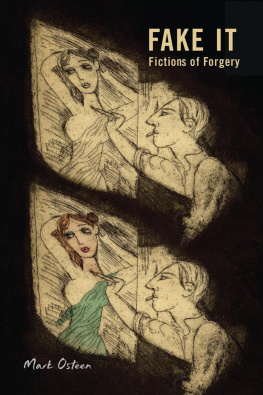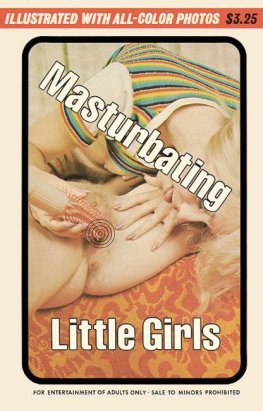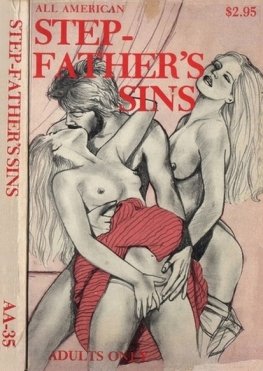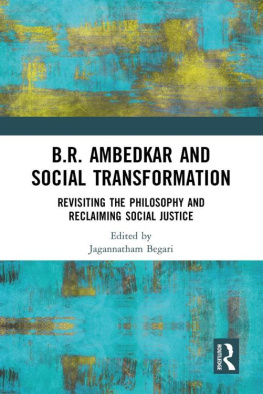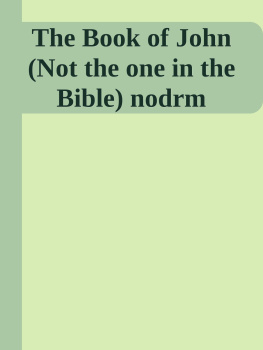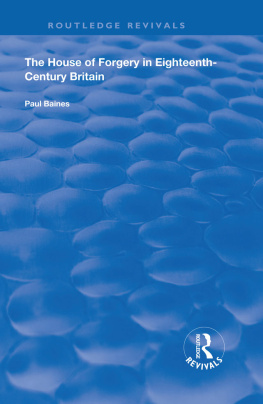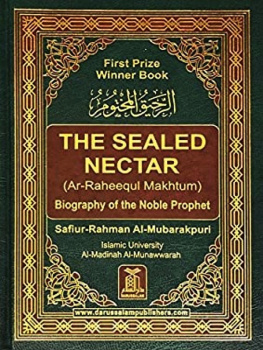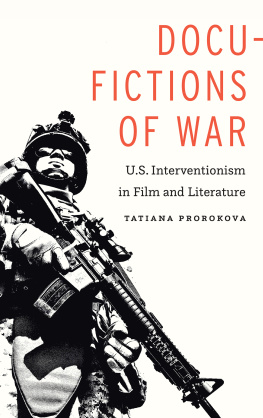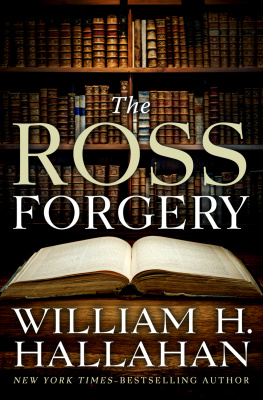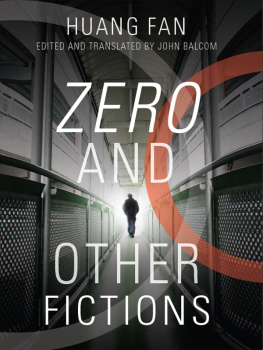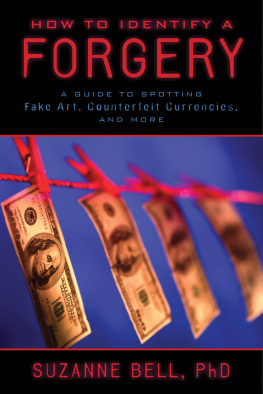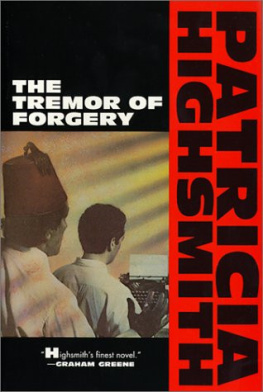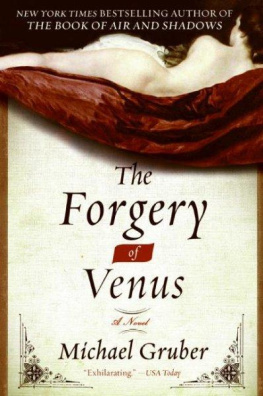Unknown - FAKE IT: Fictions of Forgery
Here you can read online Unknown - FAKE IT: Fictions of Forgery full text of the book (entire story) in english for free. Download pdf and epub, get meaning, cover and reviews about this ebook. year: 2021, publisher: BookComp, Inc., genre: Art. Description of the work, (preface) as well as reviews are available. Best literature library LitArk.com created for fans of good reading and offers a wide selection of genres:
Romance novel
Science fiction
Adventure
Detective
Science
History
Home and family
Prose
Art
Politics
Computer
Non-fiction
Religion
Business
Children
Humor
Choose a favorite category and find really read worthwhile books. Enjoy immersion in the world of imagination, feel the emotions of the characters or learn something new for yourself, make an fascinating discovery.
FAKE IT: Fictions of Forgery: summary, description and annotation
We offer to read an annotation, description, summary or preface (depends on what the author of the book "FAKE IT: Fictions of Forgery" wrote himself). If you haven't found the necessary information about the book — write in the comments, we will try to find it.
Unknown: author's other books
Who wrote FAKE IT: Fictions of Forgery? Find out the surname, the name of the author of the book and a list of all author's works by series.
FAKE IT: Fictions of Forgery — read online for free the complete book (whole text) full work
Below is the text of the book, divided by pages. System saving the place of the last page read, allows you to conveniently read the book "FAKE IT: Fictions of Forgery" online for free, without having to search again every time where you left off. Put a bookmark, and you can go to the page where you finished reading at any time.
Font size:
Interval:
Bookmark:
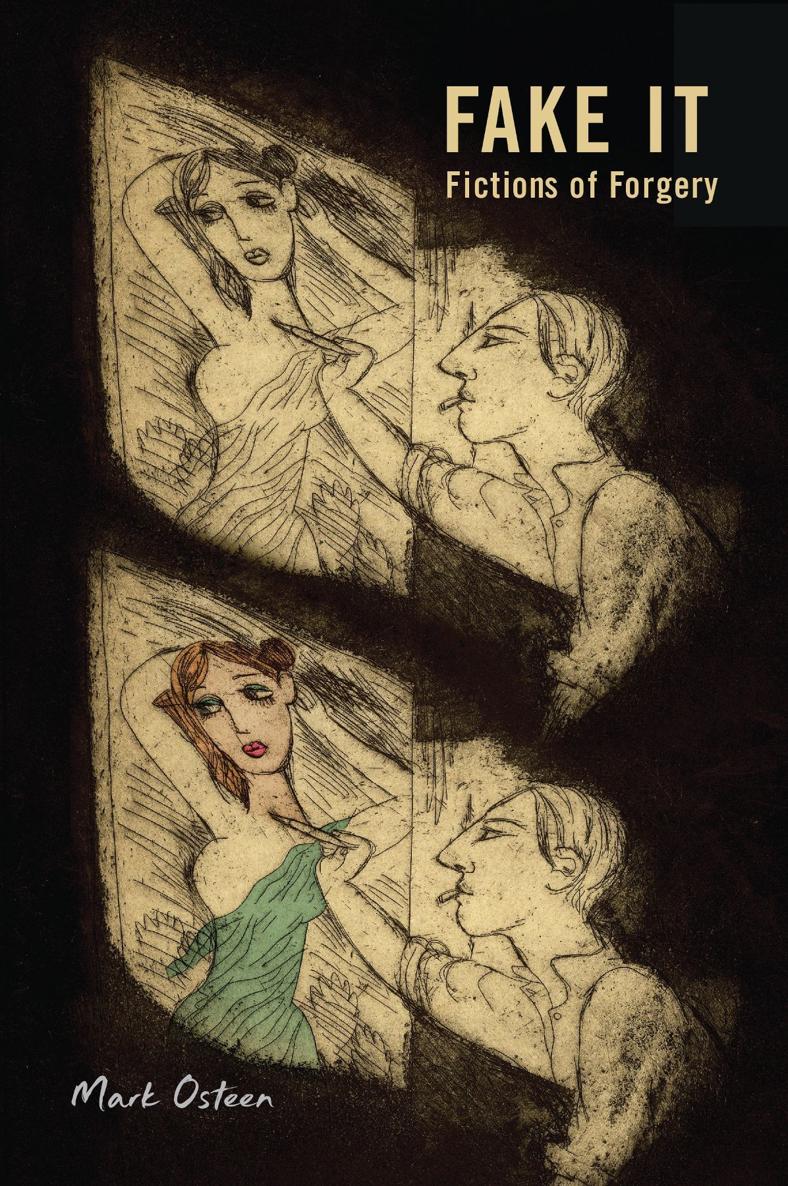
Mark Osteen
University of Virginia Press Charlottesville and London
University of Virginia Press
2021 by the Rector and Visitors of the University of Virginia
All rights reserved
Printed in the United States of America on acid-free paper
First published 2021
9 8 7 6 5 4 3 2 1
Library of Congress Cataloging-in-Publication Data
Names: Osteen, Mark, author.
Title: Fake it : fictions of forgery / Mark Osteen.
Description: Charlottesville : University of Virginia Press, 2021. | Includes bibliographical references and index.
Identifiers: LCCN 2021008845 (print) | LCCN 2021008846 (ebook) | ISBN 9780813946269 (hardcover ; acid-free paper) | ISBN 9780813946276 (paperback) | ISBN 9780813946283 (epub)
Subjects: LCSH: Literary forgeries and mystifications. | Forgery in literature.
Classification: LCC PN171.F6 O88 2021 (print) | LCC PN171.F6 (ebook) | DDC 098/.3dc23
LC record available at https://lccn.loc.gov/2021008845
LC ebook record available at https://lccn.loc.gov/2021008846
Cover art:The Forger, Ruth Channing. Aquatint etching, 24'' 18''. (Courtesy of the artist)
To my late mother, Lois, who taught me not to lie
This project has taken me to places and times I never imagined I would investigate. As a specialist in modern and contemporary literature and film, I had no idea, when I began this endeavor, that I would be studying the works of a seventeenth-century female polymath or those of a poetic prodigy of the eighteenth century. But scholars must go where their research takes them, and I am delighted to have met Margaret Cavendish and Thomas Chatterton, as well as all the other writers, filmmakers, forgers, and frauds Ive encountered in the course of writing this book. These explorations have provided the kind of rich materialfascinating stories, colorful characters, provocative intellectual conundrumsthat would delight and inspire any writer.
But I have not undertaken the journey alone. I owe thanks to the institutions, colleagues, friends, and fellow writers who have furnished research materials, offered advice, and supported my endeavors.
I wish to thank Loyola University for supplying summer research grants and a one-semester sabbatical leave. I am exceedingly grateful to the Special Collections section of the Milton S. Eisenhower Library of the Johns Hopkins University, which provided access to the voluminous, if at times vexing, documents relating to the Ireland forgeries. The Special Collections Research Center at the University of Michigan Library supplied helpful material for chapter 6. My colleagues in the Loyola University Maryland English Department offered useful advice about chapter 7. Friends and fellow writers Scott Allen, Bryan Crockett, and Brian Murray sacrificed their time and eyesight to read and comment on the drafts of several chapters. Jeff Rogers, of Creative Impulse, Inc., provided assistance with the images. I thank all these friends and colleagues for their thoughts and ongoing support.
As always, my wisest and most faithful adviser and partner has been my wife, Leslie Gilden. My debt to her is beyond words.
A slightly different version of chapter 3 was published in PLL: Papers on Language and Literature 53.4, Fall 2017. Chapter 6 was published in South Atlantic Review 85.4, Winter 2020.
The moral life of man forms part of the subject matter of the artist, but the morality of art consists in the perfect use of an imperfect medium.
Oscar Wilde, preface to The Picture of Dorian Gray
I still consider the letters to be my best work (126). So writes literary forger Lee Israel in her memoir Can You Ever Forgive Me?, which recounts how she fabricated dozens of letters she attributed to Dorothy Parker, Edna Ferber, Louise Brooks, and Noel Coward. Although Israel professes to regret betray[ing]... my community of scholars, a citadel of culture (122), she feels no guilt about the Parker forgeries, which were larky and fun and totally cool.... I was a better writer as a forger than I had ever been as a writer (126).
Israels words capture three important truths about the peculiar form of fraud that is literary forgery. First, she declares explicitly what many forgers come to realize: that faking enables them to fashion a fresh authorial identity. Ron Fortune and Amy Robillard write that forging gave Israel an opportunity to be truer to who she was as a person and as a writer (286). More accurately, Israels forgeries empowered her to discover her writerly self. Often forgeries are the forgers best work because the spurious name liberates them from constraining habits and oppressive expectations. In forging texts, they reforge themselves. These writers, like critics and actors, use another artist to ignite their creative fires. The forger attaches herself or himself to that other artist like a flowering epiphyte on a tree. The forged work and persona not only permit the forger to bloom; they may also resurrect or revivify the artist(s) imitated.
Second, Israels description of the Parker forgeries as larky and fun could have been written by any forger or hoaxer, because these activities partake of the spirit of play: forgery is a contest, a performance, often a practical joke. Clifford Irving, for one, admitted that he contrived his scheme to write a bogus autobiography of Howard Hughes as a titanic prank; although he certainly desired the money he earned, he also wanted to test himself and his powers of deceptionto win a game against himself and his victims. Third, although Israels title suggests penitence, the memoir is only part mea culpa: like all forgers, she craves recognition for her scholarship, skill, and savvy. As we will see repeatedly in the real-life and fictional forgeries and hoaxes discussed in this book, fakers are motivated by a paradoxical longing to receive positive attention for the cleverness with which they make themselves invisible. This dialectic between erasure and exposure characterizes all literary and fine-art forgeries and hoaxes. Thus, Israel reproduces several celebrities letters within the book and then divulges that they are all her work (11): See how foxy I am! Even her title is a line she invented and inserted into one of her Parker forgeries (65); that is, the very words with which she asks forgiveness for forging are themselves forged! As she wrote the line, Israel recalls, she imagined the waiflike Dorothy Parker apologizing for any one of countless improprieties, omissions, and/or cutting bon mots... apologizing with no intention whatsoever of mending her wayward ways (66). The same is doubtless true of Israel.
Before she turned to fraud, Israels career was foundering: her biographies of Tallulah Bankhead and Dorothy Kilgallen had been successful, but her hasty profile of Este Lauder flopped, and she rapidly plummeted from best-sellerdom to welfare (19). While doing research on Elaine Carrington, she came across a cache of letters from Fanny Brice and stole them; she then supplied postscripts mentioning a gangster (thereby increasing the value of each by twenty or thirty dollars), invented a cousin named Sidney who had found them, and fabricated a deathbed promise that she would not sell other (nonexistent) letters (3942). During calls to vendors she renamed herself Leonore Carthage and employed her Smith college alumna voice to clinch the sales. (She actually attended Brooklyn College [43].) Her motivespoverty, resentment over her lack of success, adulation of famous artiststypify those of the forgers and hoaxers discussed herein. Although Israel avers that the letters content was the prime selling point, what truly convinced the buyers were the stories she told them. Her background as a biographer had honed her skills as a narrator and gossip, and characters like Uncle Sidney and details like deathbed promises created relationships with her victims: like all good con artists, she took her marks into her confidence. Indeed, as will become clear in the course of this book, any forgery or hoax is only as good as the stories used to verify its provenance. But not only is a forgery always a narrative; forgeries also function as the seeds of further fictions, which also include the usually mendacious explanations offered by fakers after the fact. Forgeries are kernels from which fictions bloom.
Font size:
Interval:
Bookmark:
Similar books «FAKE IT: Fictions of Forgery»
Look at similar books to FAKE IT: Fictions of Forgery. We have selected literature similar in name and meaning in the hope of providing readers with more options to find new, interesting, not yet read works.
Discussion, reviews of the book FAKE IT: Fictions of Forgery and just readers' own opinions. Leave your comments, write what you think about the work, its meaning or the main characters. Specify what exactly you liked and what you didn't like, and why you think so.

